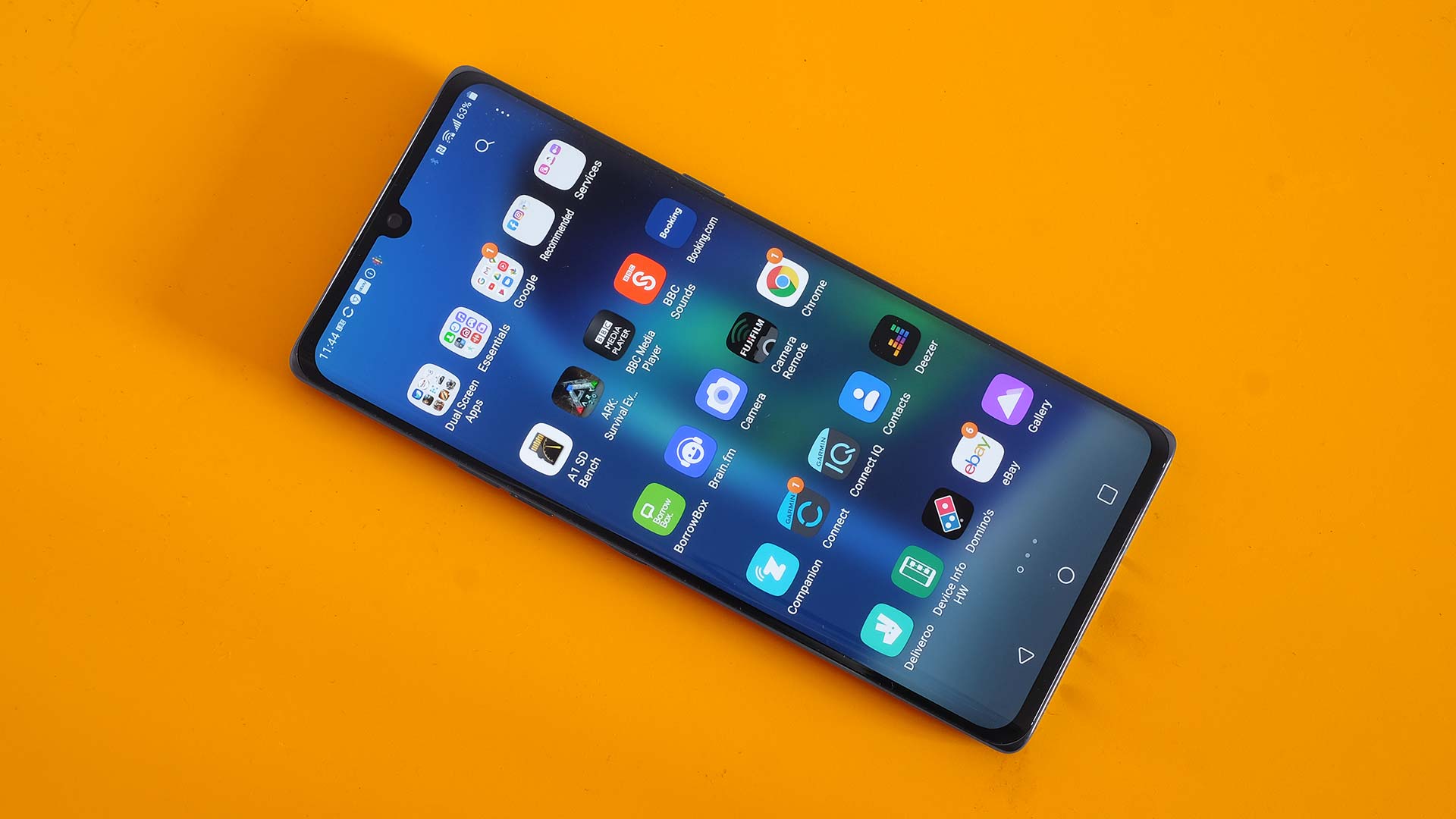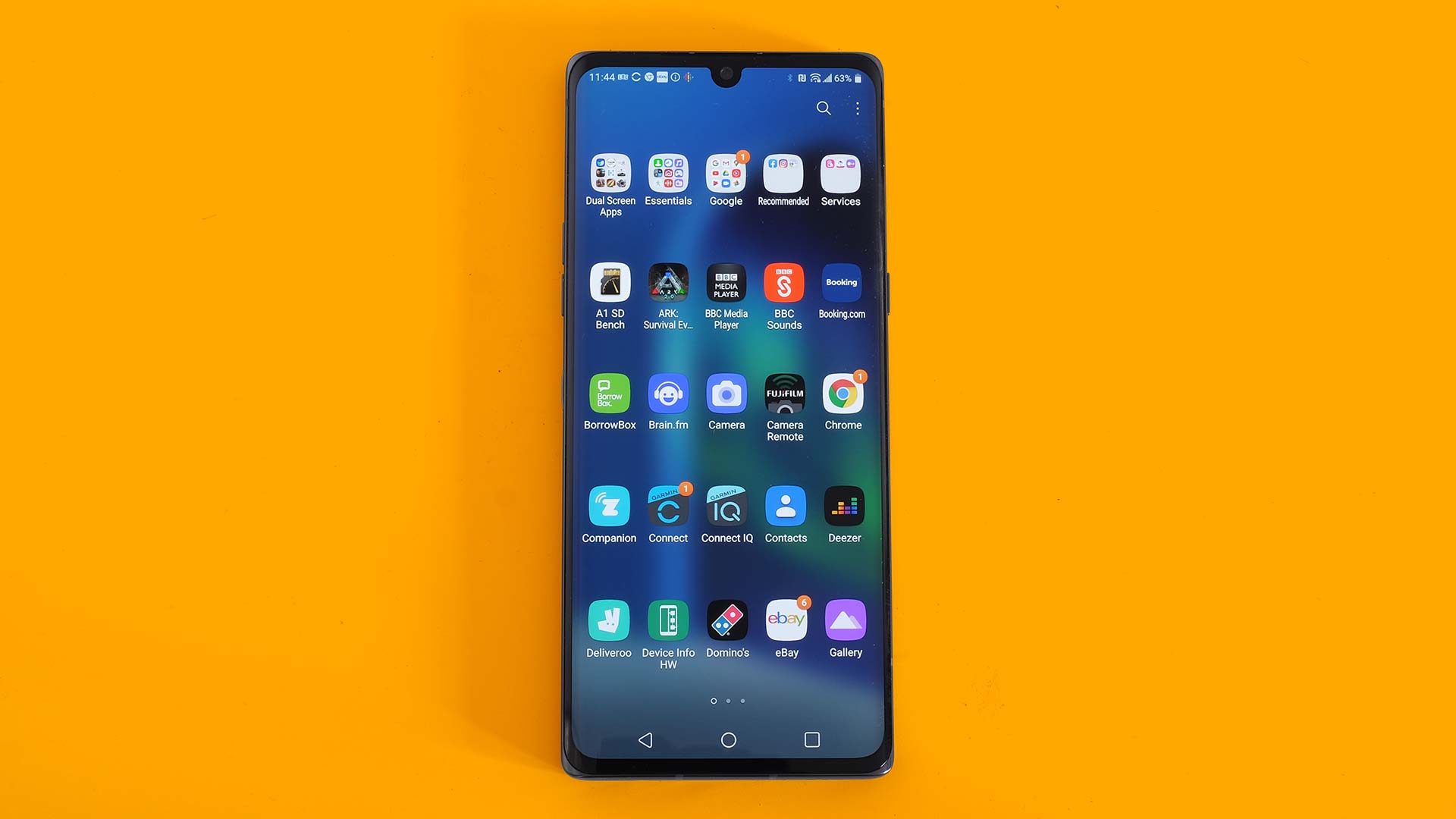TechRadar Verdict
The LG Velvet is a mid-range 5G phone that costs a little too much, even compared to LG’s high-end phones of the last year or two. Its lower power chipset does not feel a huge step down, but the rear camera array is not as versatile as we would hope for at the price.
Pros
- +
Curved glass shell
- +
Good general performance
- +
Has 5G
Cons
- -
Poor zoom and ultra-wide camera modes
- -
Expensive
- -
No LG Quad-DAC
Why you can trust TechRadar
Two-minute review
The LG Velvet is a fairly expensive mid-range phone. However, it arrives before truly affordable 5G phones have become common, so it may not seem a bad deal to some at launch.
That said, the cost is high enough to stop it earning a higher score. Its camera array does not match the price and there's no quad-DAC - a great audio feature that we've come to expect in expensive LG handsets.
Three parts seem similar to a true high-end phone. We’ve already mentioned the first. The LG Velvet has 5G. The LG Velvet has some expensive design touches too, like curved front glass that makes the screen surround appear smaller. Its tall OLED screen does not look dissimilar to that of ‘true’ high-end phones either, even if some of its specs are less impressive.
So the Velvet is ultimately a mixed bag - equal parts expensive and cheap, but with a price that places it more towards the former.
LG Velvet price and release date
- Announced in May 2020
- Now available to buy in the US
- Costs $599 (around £500 / AU$850)
The LG Velvet first appeared in May 2020 and was seen as an attempt by LG to compete with a slightly different approach. It wanted us to see the Velvet as an alternative to something like the Samsung Galaxy S20 Plus, even if core parts of the phone are less accomplished.
We don’t have prices for all regions at the time of review, but it's now ready to buy in there US where it costs $599 (roughly £500 / AU$850). In the US, it's coming with AT&T first with T-Mobile and Verizon set to offer the phone later in 2020.
We've yet to hear pricing or a release date for the UK or Australia, but we've asked LG for more details.
It is significantly cheaper than large screen 5G flagships like the Oppo Find X2 Pro and Samsung Galaxy S20 Plus. However, the OnePlus 8 and various phones from Xiaomi, Realme and Oppo are tasty alternatives.
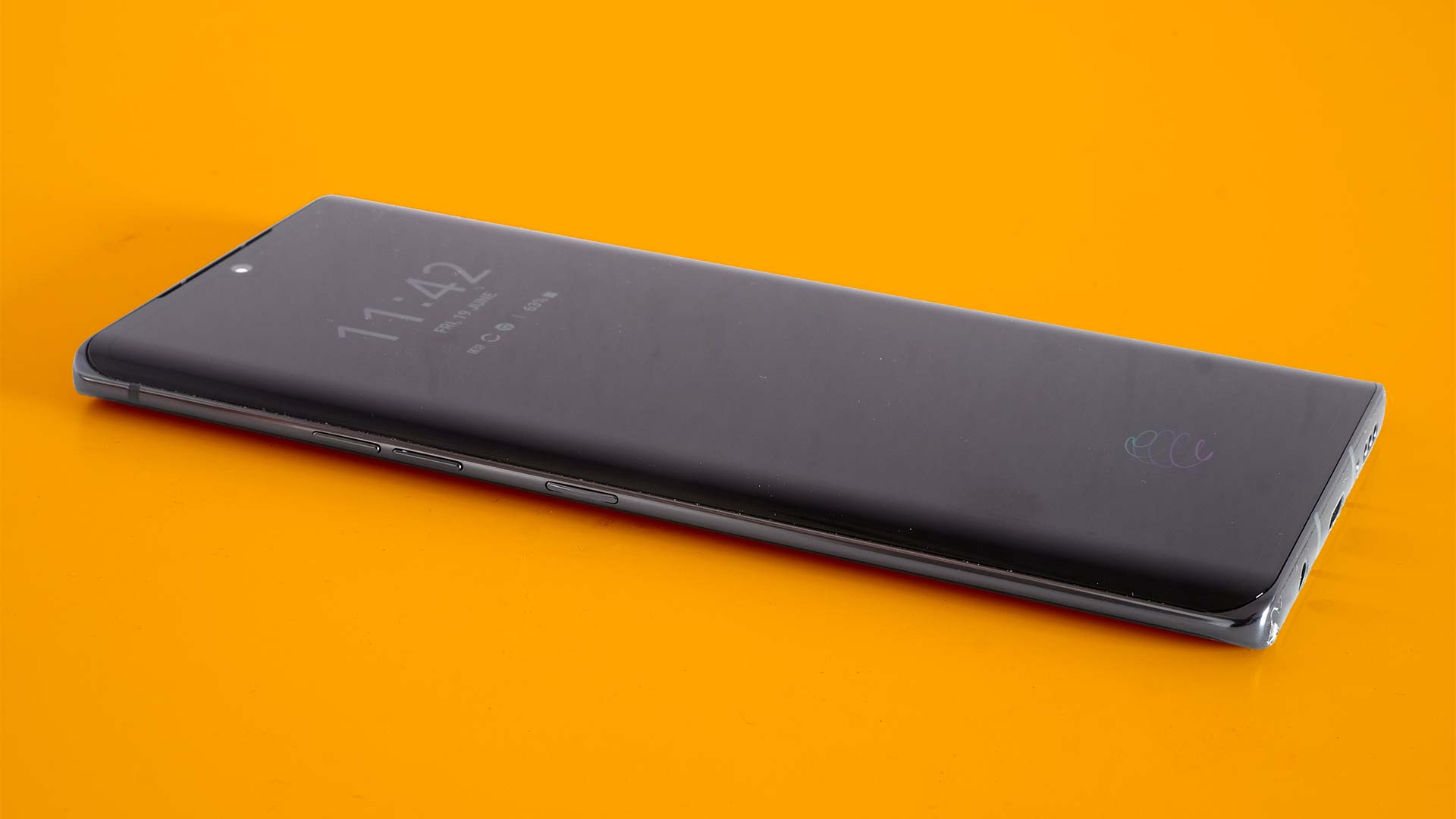
Design
- IP68 water resistance
- Curved glass and metal shell
- 167.2 x 74.1 x 7.9mm, 180g
Look at the LG Velvet front-on and you could mistake it for a $1000-plus phone. Its front glass curves at the sides, the screen is big, and there are no little plastic slivers between the glass and metal parts. That can cheapen the look of a phone a little.
There’s even more character than some, as the metal sides form more prominent lips at the corners. The LG Velvet looks and feels expensive from the front, although does not have the surround-free appearance of a Samsung Galaxy S20 family phone.
But the back? It is relatively plain, with a semi mirrored glossy finish. There’s no instantly recognizable camera surround, no eye-catching light reactive layer below the glass.
However, this is likely a choice based on the ‘look’ LG wants for the Velvet. And if you want color, you can get it. The Velvet comes in low-key white and black (ish), as well as green and ‘illusion sunset’, a red-yellow gradient with the polarizing punch you might expect from Huawei or Honor.
A headphone jack is one of the unusual benefits of the LG Velvet. Few high-end phones have them. This one does.
It’s not one of LG’s famously audiophile-friendly headphone jacks, though. The LG V40 ThinQ, LG V50 ThinQ and LG G8 all have a quad-DAC, to increase the quality of the signal sent to wired headphones. Those phones have arguably best-in-class sound enhancement modes too, which are almost always best avoided in other phones.
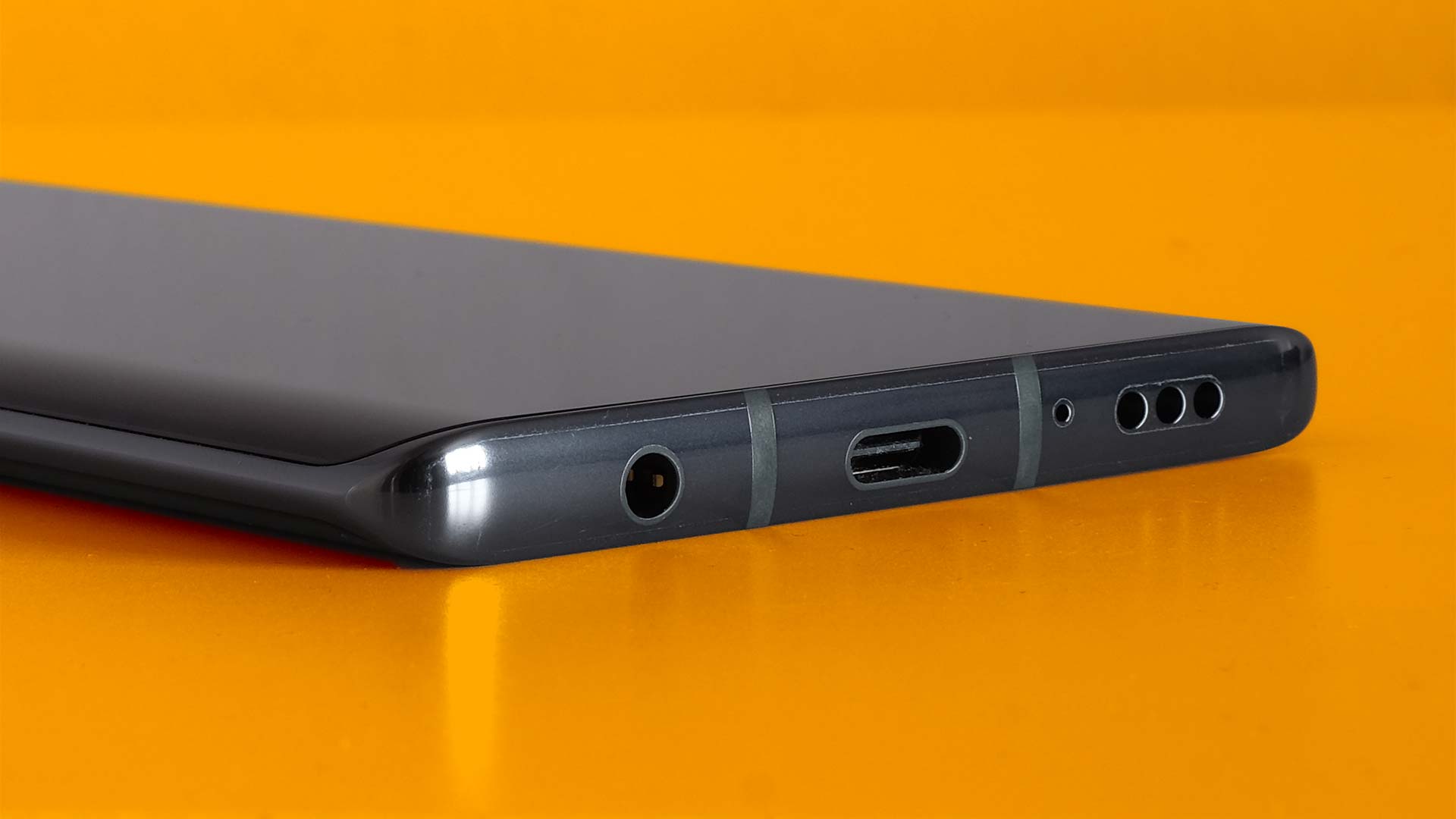
The LG Velvet uses the DAC built into the Qualcomm processor, and the only advanced sound mode is ‘LG 3D Sound Engine’. It can make low bit-rate audiobooks and internet radio stations sound better, adding more spatial information to ‘flat’ sounding content, but alters the sound character too much for music.
And the rest? The LG Velvet has a solid in-screen fingerprint scanner. It has not failed to recognize a thumb once during testing that we can recall, but is not the fastest around. The OnePlus 8’s scanner is a touch quicker.
That said, after noting the slightly slower response on our first day with the LG Velvet, the fractional delay was quickly forgotten.
The phone also has solid, but not class-leading, stereo speakers. One driver sits on the bottom, another above the display. They have a similar tone, rather than leaving the front one with an almost treble-only tone, as was standard a couple of years ago.
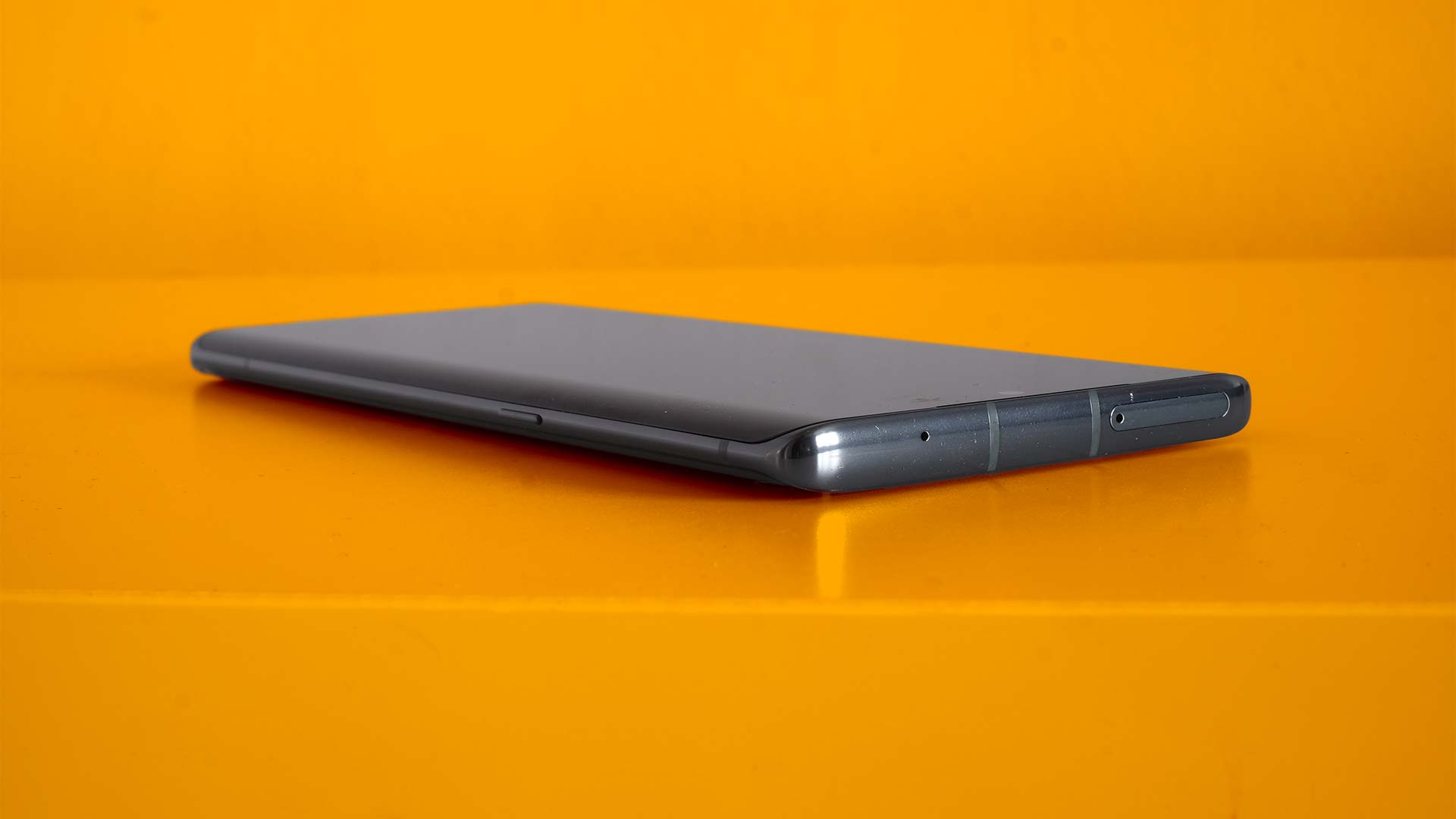
There’s also a Google Assistant button, seen on some LG V and G series phones. You can’t disable this, or customize what it does, with launch software, so prepare to accidentally bring up the Assistant occasionally.
The LG Velvet comes across as a perfectly pleasant, if perhaps unremarkable, phone unless you buy it with LG’s Dual Screen case.
LG made one of these for the LG G8X ThinQ and V50. The design hasn’t changed much with this Velvet version, but it is still highly unusual.
Slot the phone in and you get an extra mini display on the front and a second screen that matches the LG Velvet’s own inside. This can only ‘extend your desktop’ like a dual-display PC setup, with a few apps. And the only one we’ve found remotely useful is Chrome, as the big plastic gap between the displays makes it useless for video. But you can run two apps at the same time.

Gaming is the one use we come back to after using LG Dual Screen for more than a year on-and-off. You can turn one of the screens into a virtual gamepad, handy for games like Asphalt 9 and Call of Duty: Mobile.
Your fingers no longer block any of the action, making the experience closer to that of a legit handheld games console. And we feel a whole lot less self-conscious using it out in public than one of the third-party gamepads that also grips your phone.
Some games simply work with the Dual Screen gamepad. Others you’ll have to create a custom layout for. And at the time of review, this part of the phone is buggy.
We experienced a bunch of annoying hangs using the Dual Screen while playing, and it regularly refuses to switch displays so you can use the gamepad on the chunky phone side, rather than the thin and light display-only side. So an update or two is needed.
Still, outside the odd play around we still end up removing the LG Velvet from its case. It adds a lot of bulk to the phone and does not add anything to video streaming, as a full flexible phone can.
The Dual Screen case is included with some pre-order bundles. It’s a great add-on if it feels like you get it for free, but we would not recommend spending a couple of hundred dollars on it afterwards.
Display
- 6.8-inch P-OLED 60Hz HDR screen
- 1080 x 2460 resolution
- Teardrop notch
The LG Velvet's screen is very tall, with an almost Sony Xperia 1 II-like 20.5:1 aspect ratio, and it has a teardrop notch.
This notch snips out more of the screen than some punch holes, but the display’s sheer height makes this a non-issue. Watch Selling Sunset or Below Deck on Netflix and you can either see the standard 16:9 image with black bars to the left and right, or fill the display up to the start of the notch.
This crops out the top and bottom a little, but that crop would be even worse if the LG Velvet were to use the entire screen.
This is a 6.8-inch 1080 x 2460 P-OLED panel made by LG. LG’s OLED panels are often not quite as good as Samsung’s, or those of the lesser-known Chinese BoE, but this one is perfectly good.
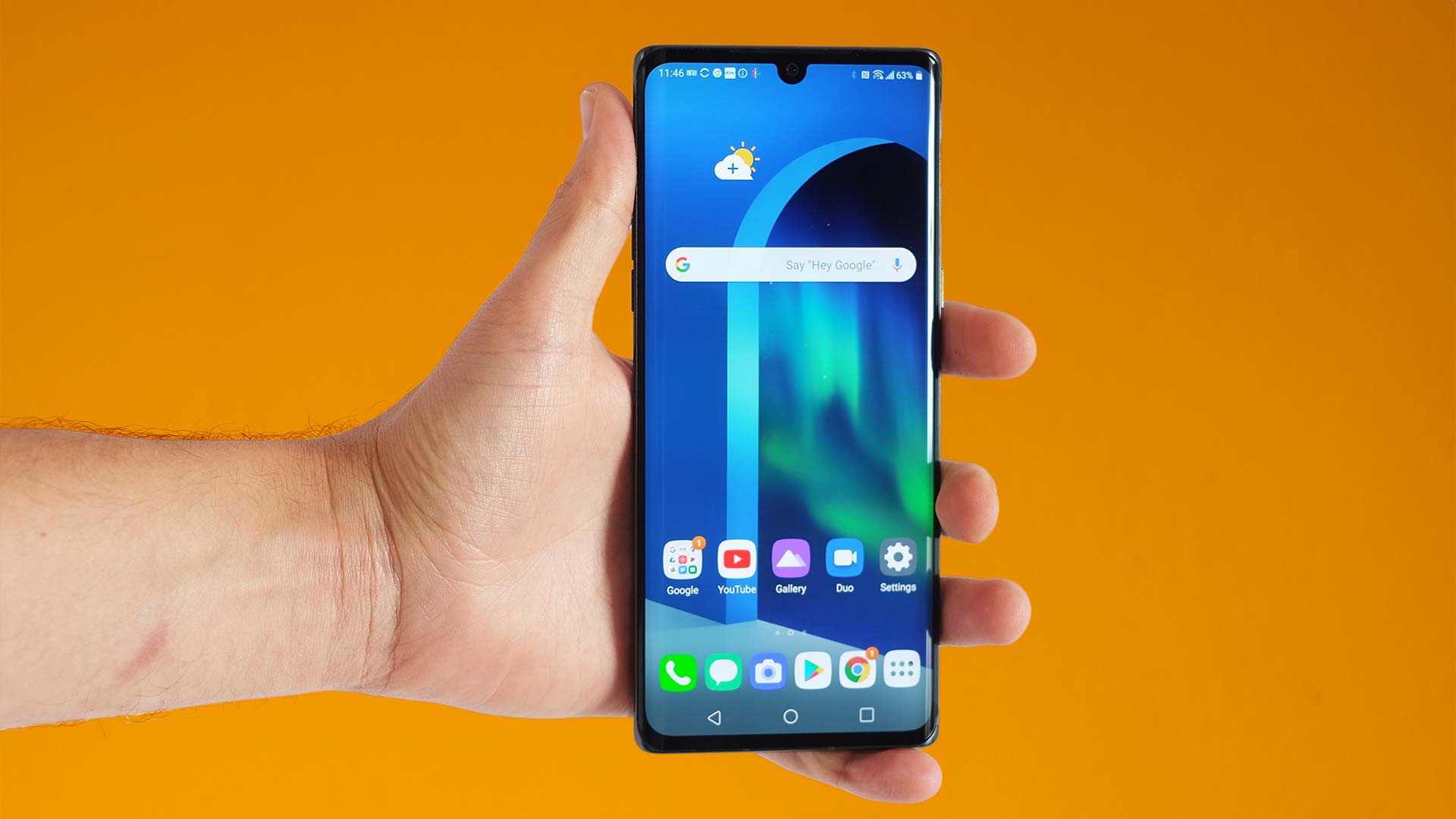
We have not missed the extra resolution of one of the higher-end alternatives, color is good, and there are modes to let you tweak the saturation and tone. The LG Velvet also clicks into an ultra-bright mode when used outdoors in the sun, for great visibility in almost all conditions.
It supports HDR and Full HD Netflix at launch too.
A high refresh rate is the obvious missing feature. This is a standard 60Hz screen, and lacks the smooth scrolling appearance of a OnePlus 8 or Samsung Galaxy S20.
There’s nothing wrong with a 60Hz screen, but it is one area that makes you question the phone’s value.
LG’s interface is not the most visually coherent either. There are plenty of tweaks to make, but a lack of visual consistency between parts like the settings menu and the feature toggles drop-down cheapens it a little.
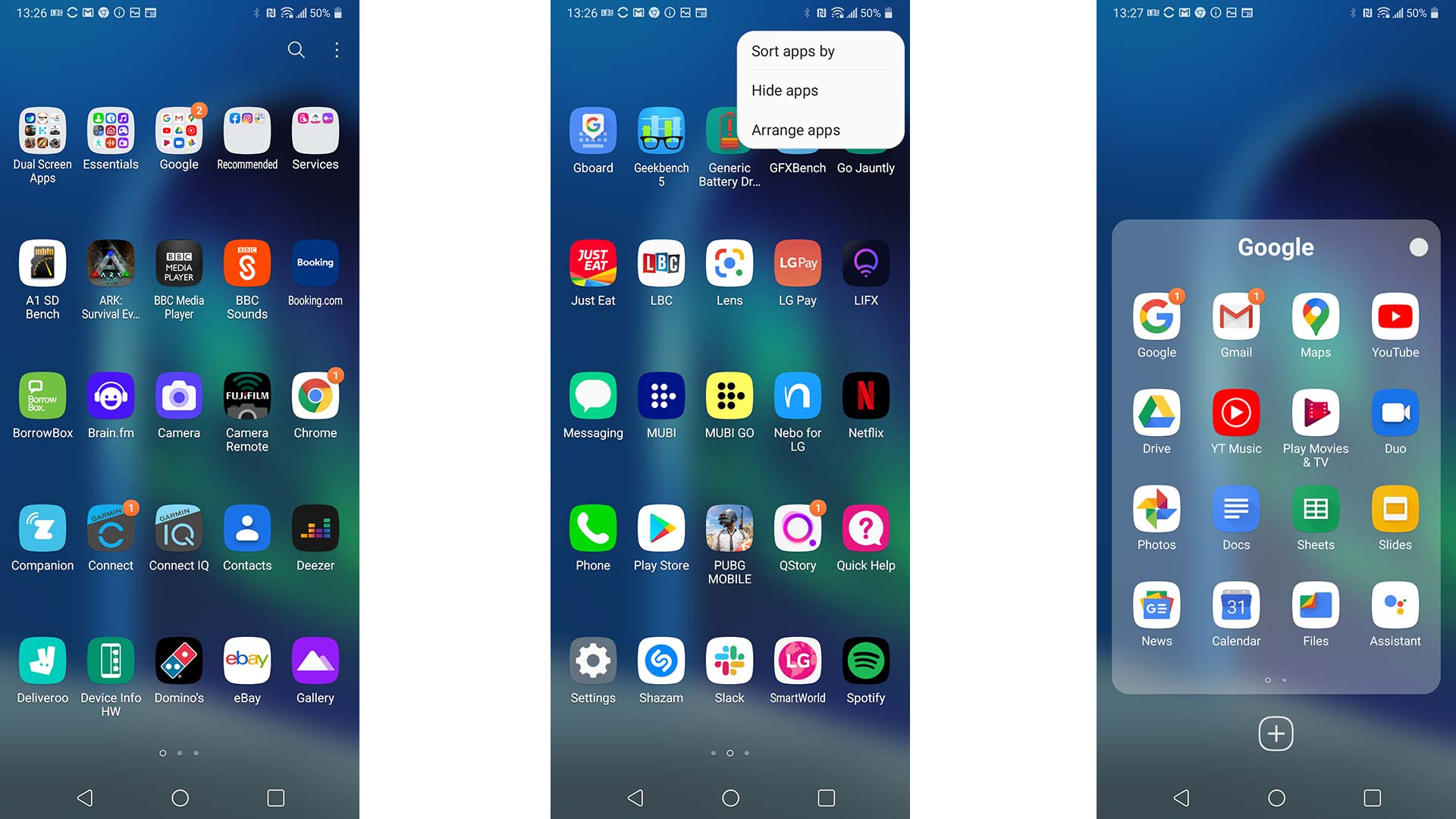
Camera
- 48MP Samsung GM2 f/1.8 primary camera
- 8MP Hynix sl846 f/1.6 ultra-wide camera
- 5MP Hynix sl556 depth camera
The LG Velvet has three rear cameras. And camera hardware is perhaps the weakest part of this phone when you consider the fairly high price.
We get a 48-megapixel primary camera, an 8-megapixel ultra-wide and a 5-megapixel depth sensor.
Not only is there a big drop in quality between the primary and secondary cameras, the main one isn’t a jaw-dropper either. The LG Velvet uses the Samsung GM2, a 48MP sensor, with an f/1.8 lens.
Down at pixel level fine detail is occasionally soft or dithered-looking compared to the best phones at the price, although is a rough match for the OnePlus 8’s main camera in daylight. There are some other clear oversights.
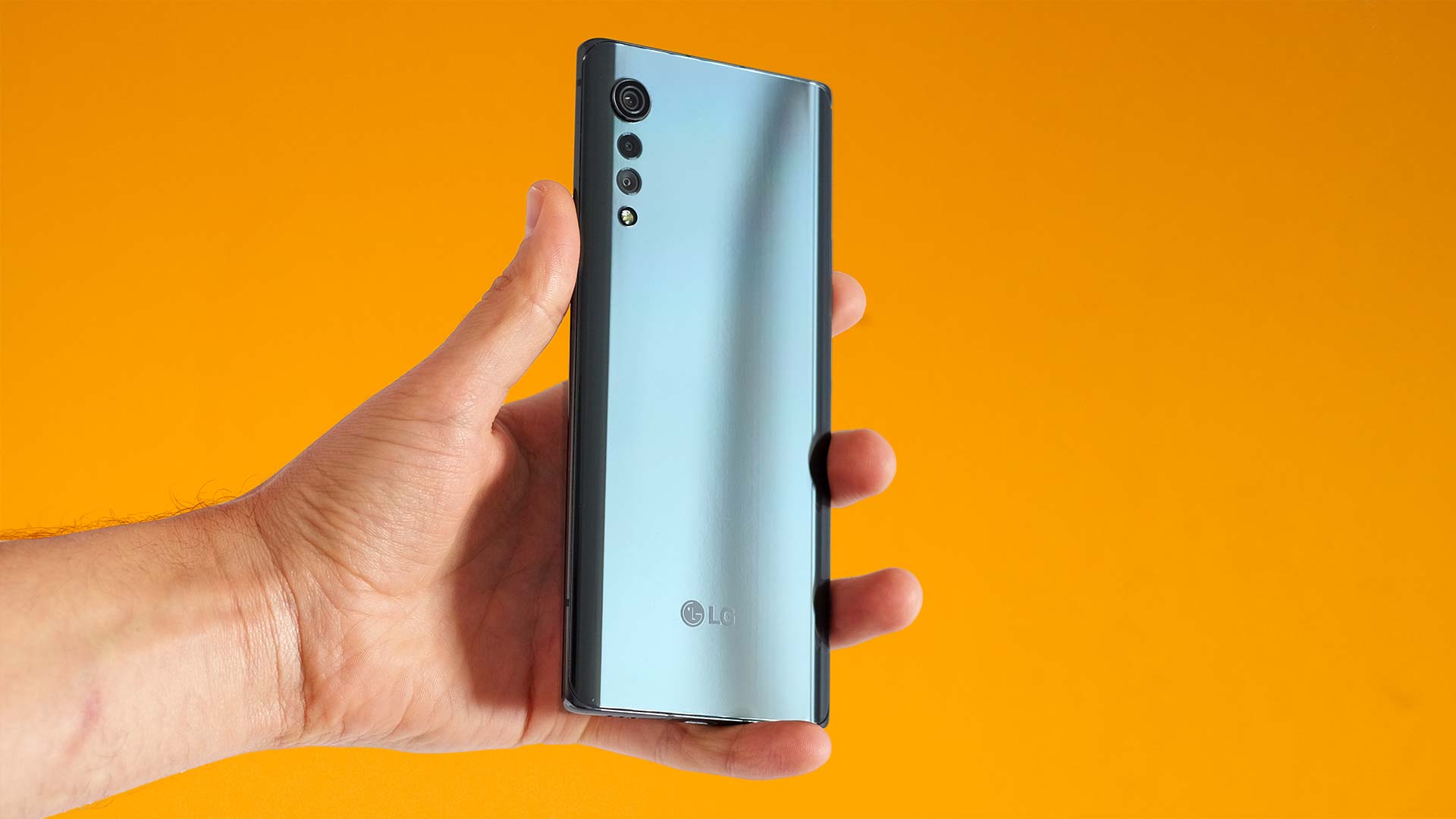
The LG Velvet does not have a zoom camera, but uses the main sensor’s high pixel count to capture 2x zoomed images with the same 12MP resolution it uses for standard shots. However, zoom images do not have nearly the same dynamic range enhancement as 1x shots, resulting in frequent overexposed areas.
Its ultra-wide camera is disappointing too, as the low-resolution sensor leaves most fine textures and details missing, or over-smoothed.
Why so down on the LG Velvet camera? It can take nice pictures, and an ultra-wide view is always welcome. However, we expect more at this price. And we don’t have to look to aggressive Chinese companies to show this up. Samsung’s Galaxy A51 uses the same primary camera and is significantly cheaper.
In low light the LG Velvet is a fair performer. There’s a dedicated Night View mode that takes slightly longer to capture an image, but improves color fidelity.
However, its night images are not as good as the OnePlus 8’s or the Google Pixel 3a XL’s. The Velvet’s photos are much softer, giving ultra-low-light shots an almost out of focus appearance.
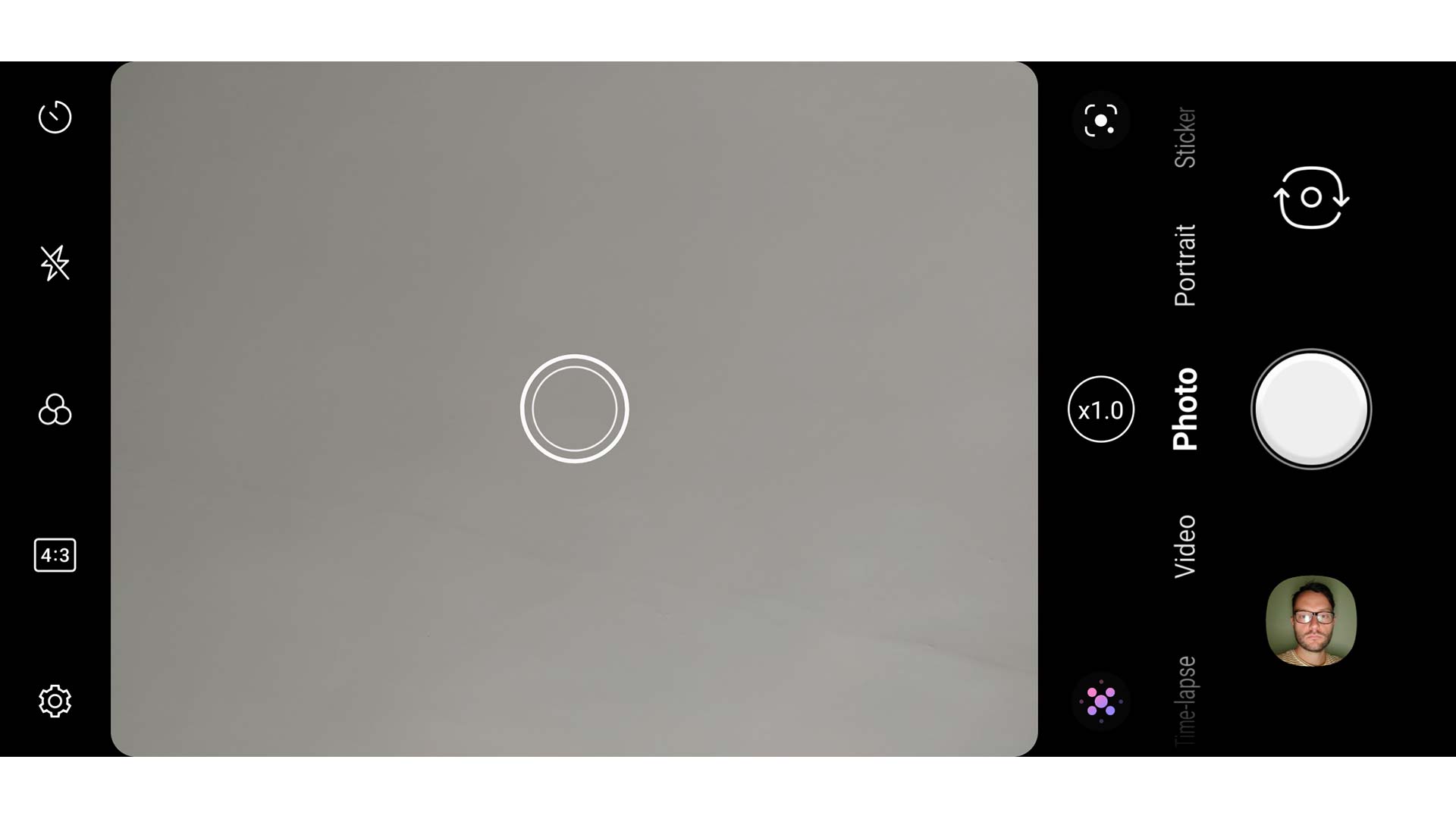
The phone’s video is good, up to a point. You can shoot at up to 4K, 30 frames per second. And as there’s solid stabilization right up to that resolution, you can shoot in all modes handheld with confidence.
LG also added Steady Cam modes, which use the ultra-wide camera and much more substantial electronic stabilization. However, as the wide camera is of much lower quality, footage just doesn’t look as good, even if it is steady.
The front camera has a 16MP sensor, the SK Hynix hi-1634. You may not have heard of the hardware manufacturer, but this is the second-best camera in the LG Velvet.
It can render and retain details like individual eyelashes indoors in moodily lit rooms. Selfies do look softer in very poor lighting, but you can also use the screen as a flash to keep your face looking sharp.
Camera samples

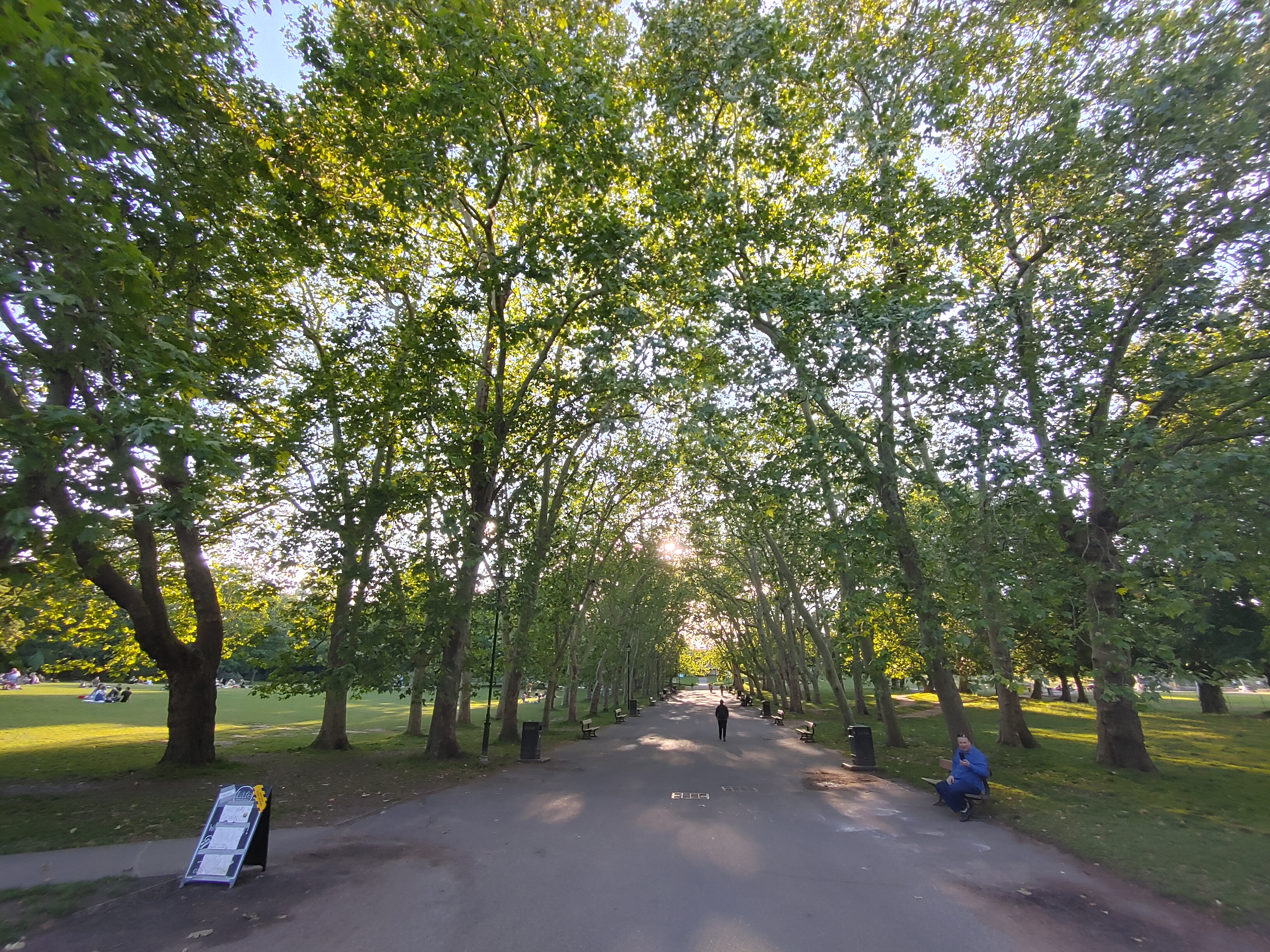


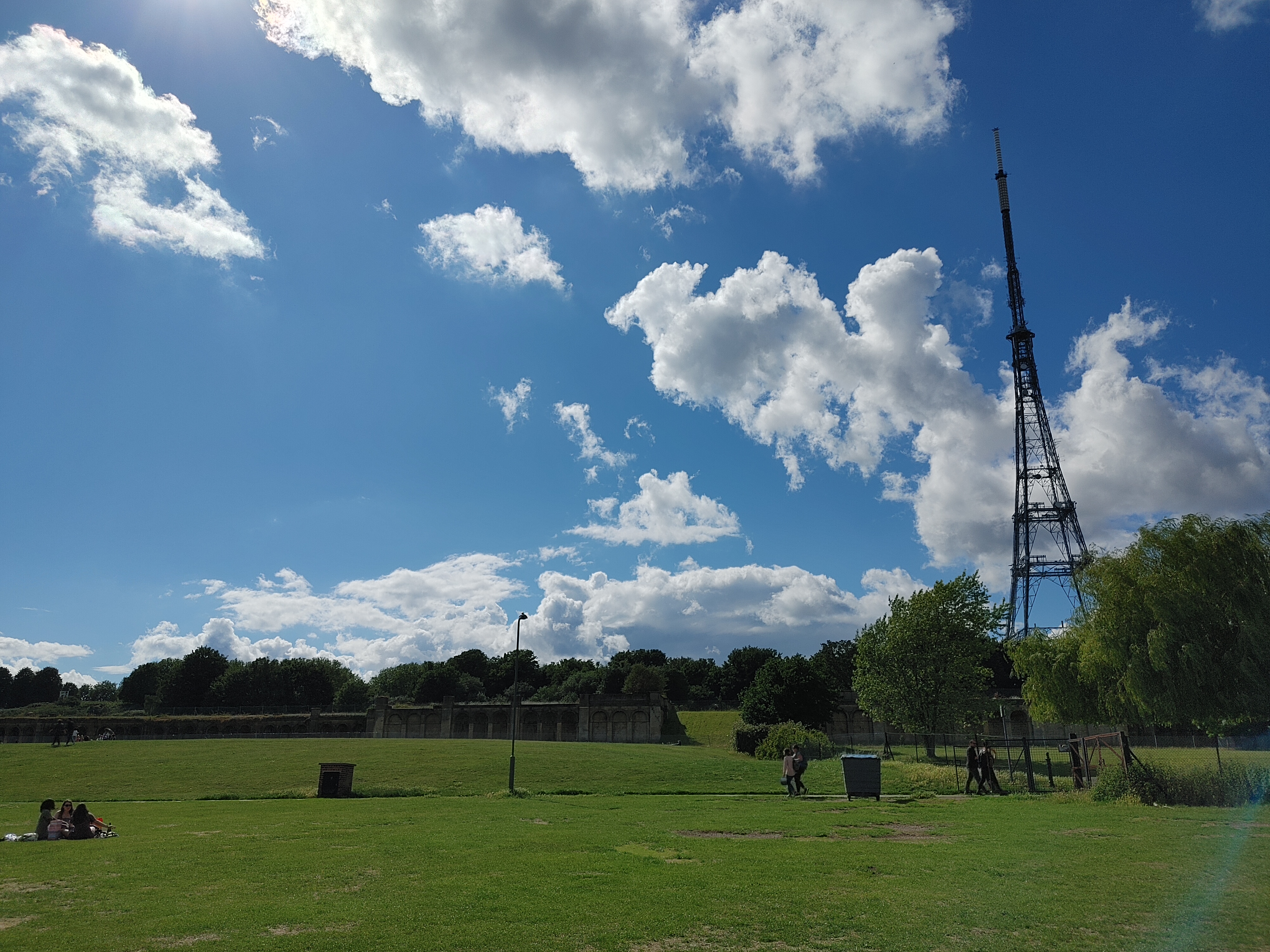
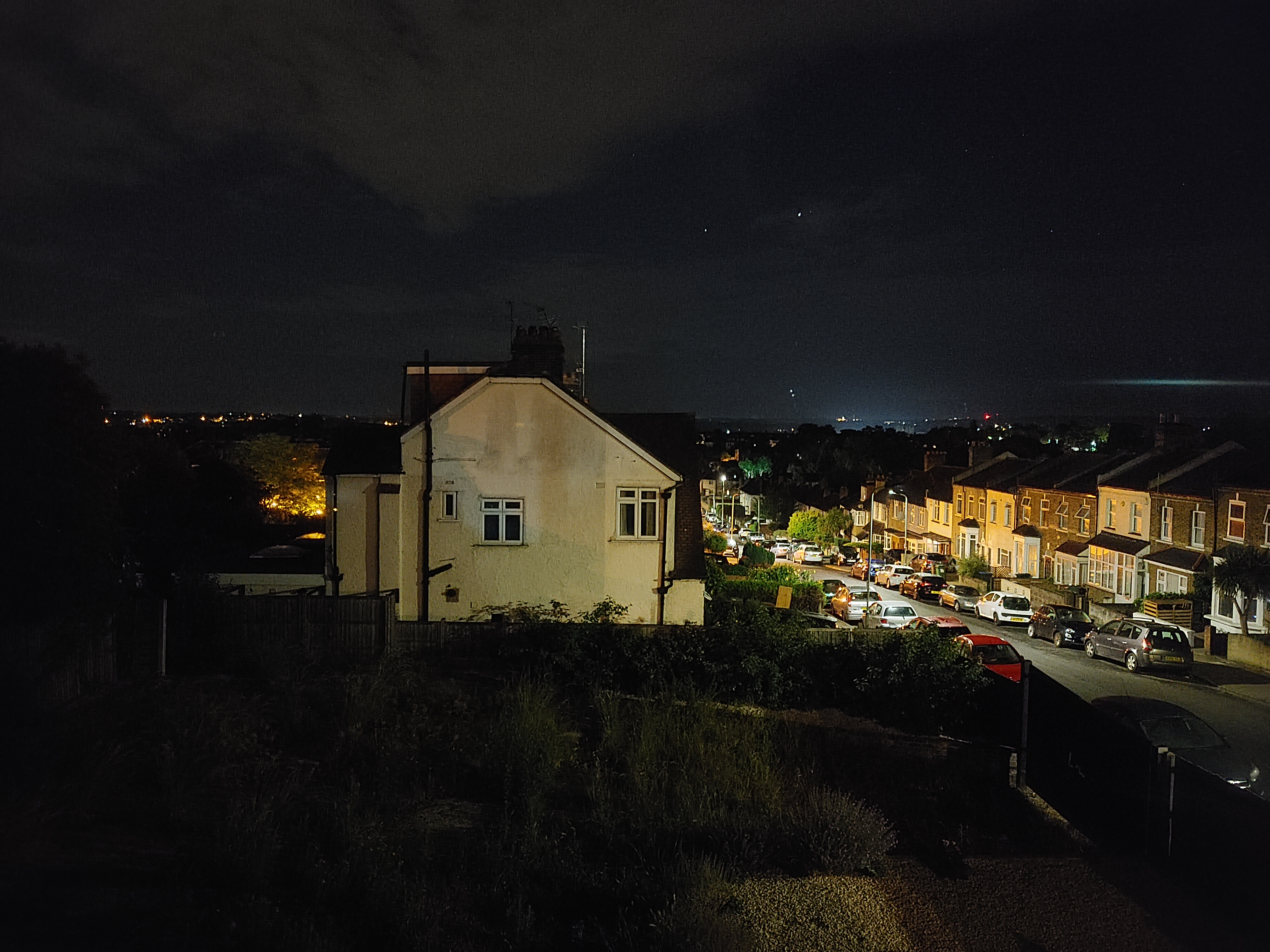

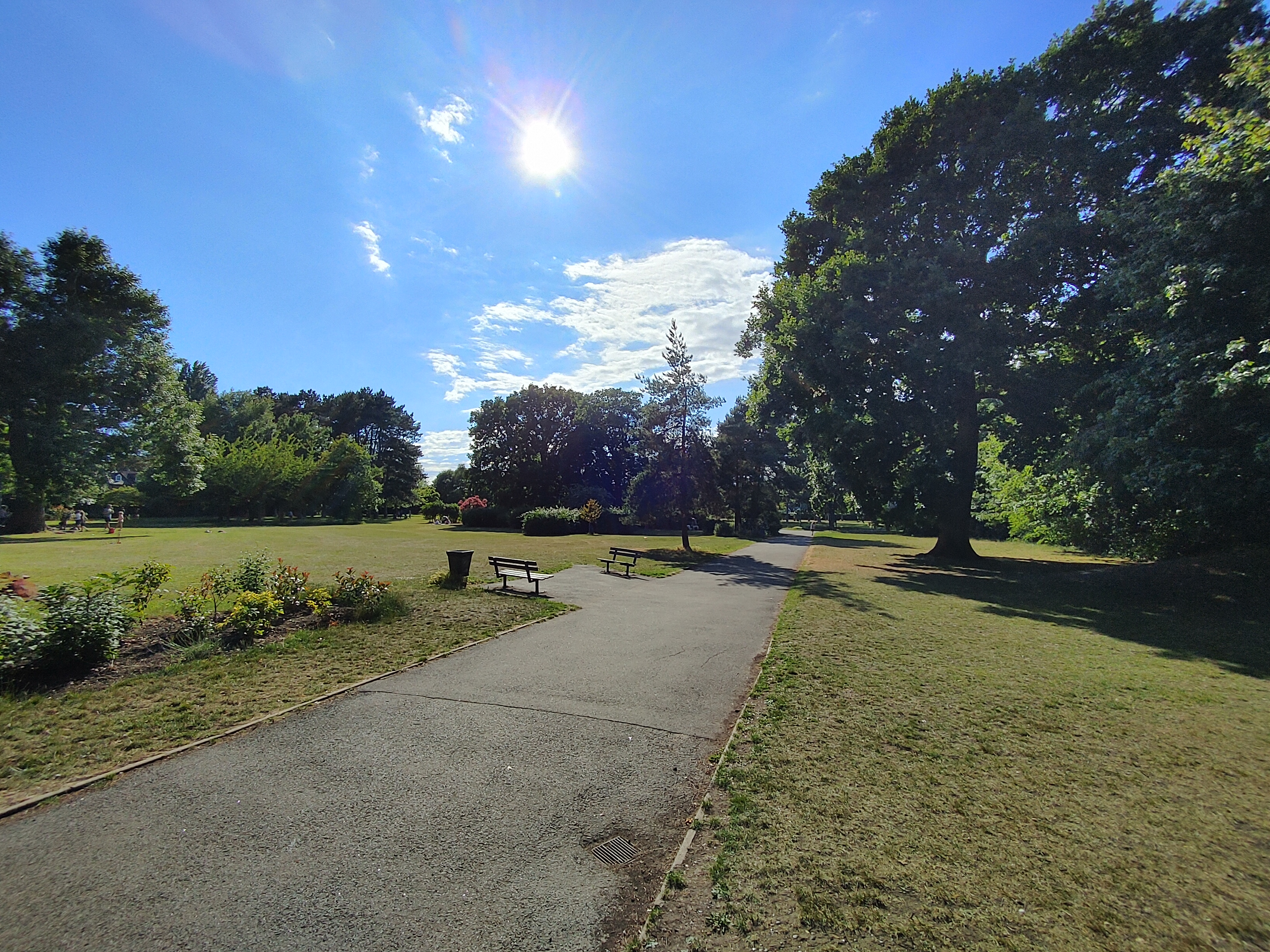



Specs and performance
- 8GB of RAM
- Qualcomm Snapdragon 765G chipset
- Adreno 620 GPU
The LG Velvet has the Snapdragon 765G chipset, one of the most important processors in the effort to bring down the cost of 5G phones. Even if the LG Velvet itself is not really one of those affordable phones.
It is easy to sneer at a fairly pricey phone that uses a mid-range CPU like the Snapdragon 765G, but the difference in real-world performance between this and the Snapdragon 865 is often very minor. App loads are near-instant and the 8GB of RAM offers plenty of scope for keeping apps in a parked state rather than closing them fully.
We find the OnePlus 8 feels slightly nippier than the LG Velvet day-to-day, but this is likely as much because it has a quicker fingerprint scanner and a 90Hz screen as the difference in processor power.
There is still a huge gulf in power when you put the LG Velvet to the test, though.
CPU power is less affected than the graphics and gaming side. In Geekbench 5 the Velvet scores 1,804 to the OnePlus 8’s 2,581 (a Snapdragon 865 phone). There’s an even greater difference in their GPU-centered 3DMark scores.
The LG Velvet scores 2,980 in the Slingshot Extreme test, to the OnePlus 8’s 7,206 points. Qualcomm’s Snapdragon 765G is a gaming-optimized chipset, but it still has less than half the graphics power of a Snapdragon 865.
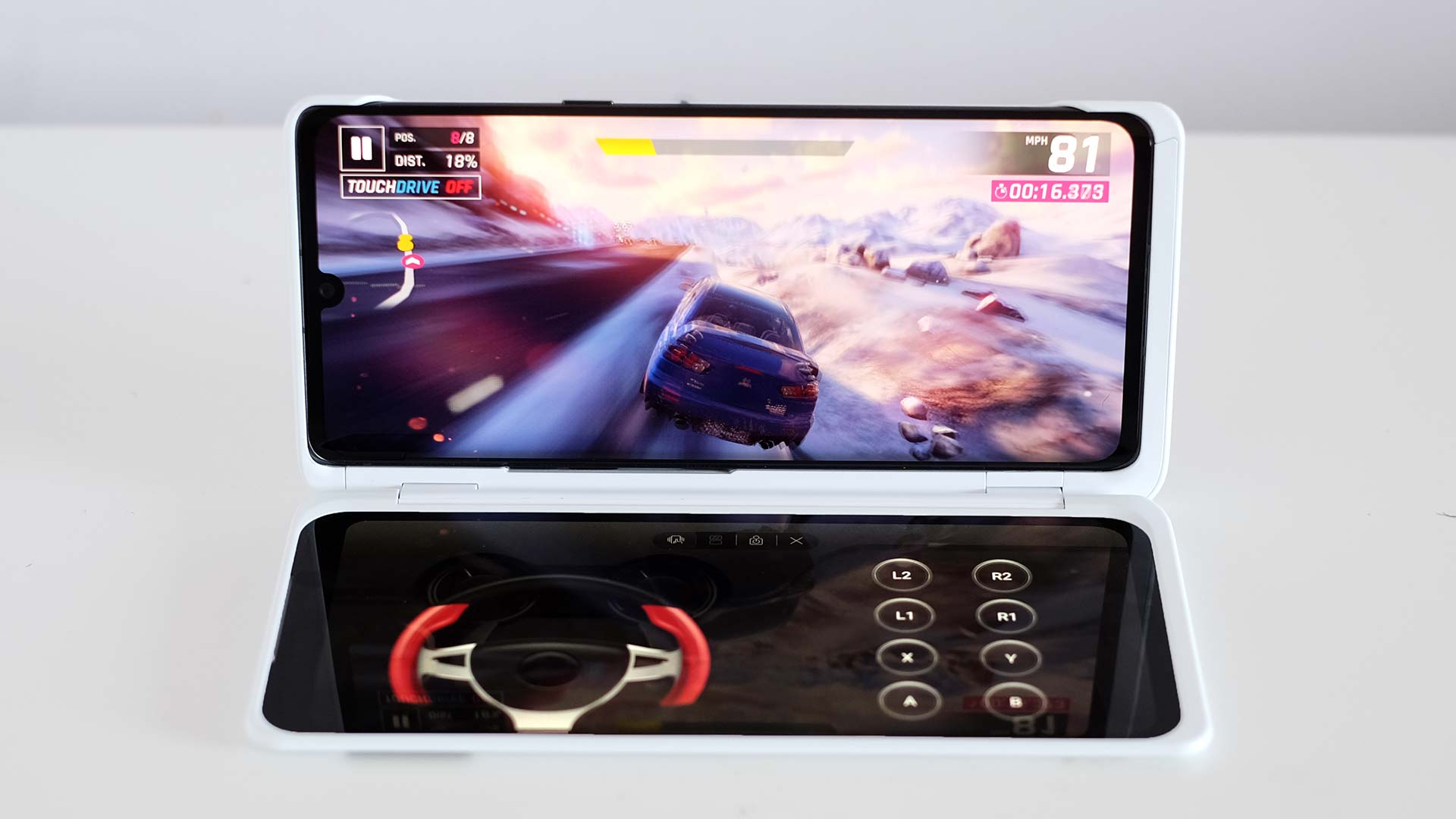
How much does this affect gaming? Less than you might think. Asphalt 9 still runs very well, with perhaps just very minor moments of slowdown when the scene becomes very busy. Asphalt 9’s environments are positively stacked with stuff. PUBG and Call of Duty: Mobile both run extremely well at ‘high’ graphics.
ARK: Survival Evolved is a game you can use to separate mid-range phones from top-end phones. However, it refuses to install on our LG Velvet. This is not likely to be a fundamental hardware problem, as the Snapdragon 765G supports the Vulkan API on which ARK relies.
A few games like ARK would show up the difference between the LG Velvet and a phone with a true top-end processor. Not many will, though.
Battery life
- 4,300mAh battery
- 25W charger
- 9W wireless charging
The LG Velvet has a 4,300mAh battery. For a phone with a 6.8-inch screen, this capacity is towards the lower end of what is reasonable.
It tends to last a full day of moderate use, with little left in the tank by the end. However, you may find it an issue if you regularly play games or spend a lot of time outdoors, pushing the screen brightness to its max setting.
On days like these we have need to give the LG Velvet a top up in the afternoon to makes sure the battery doesn’t run out before bedtime.
It’s not a disaster, not even uncommon among thin large-screen phones. But it is not ideal either.
The LG Velvet comes with a moderately fast 25W charger and supports 9W wireless charging.
Should I buy the LG Velvet?
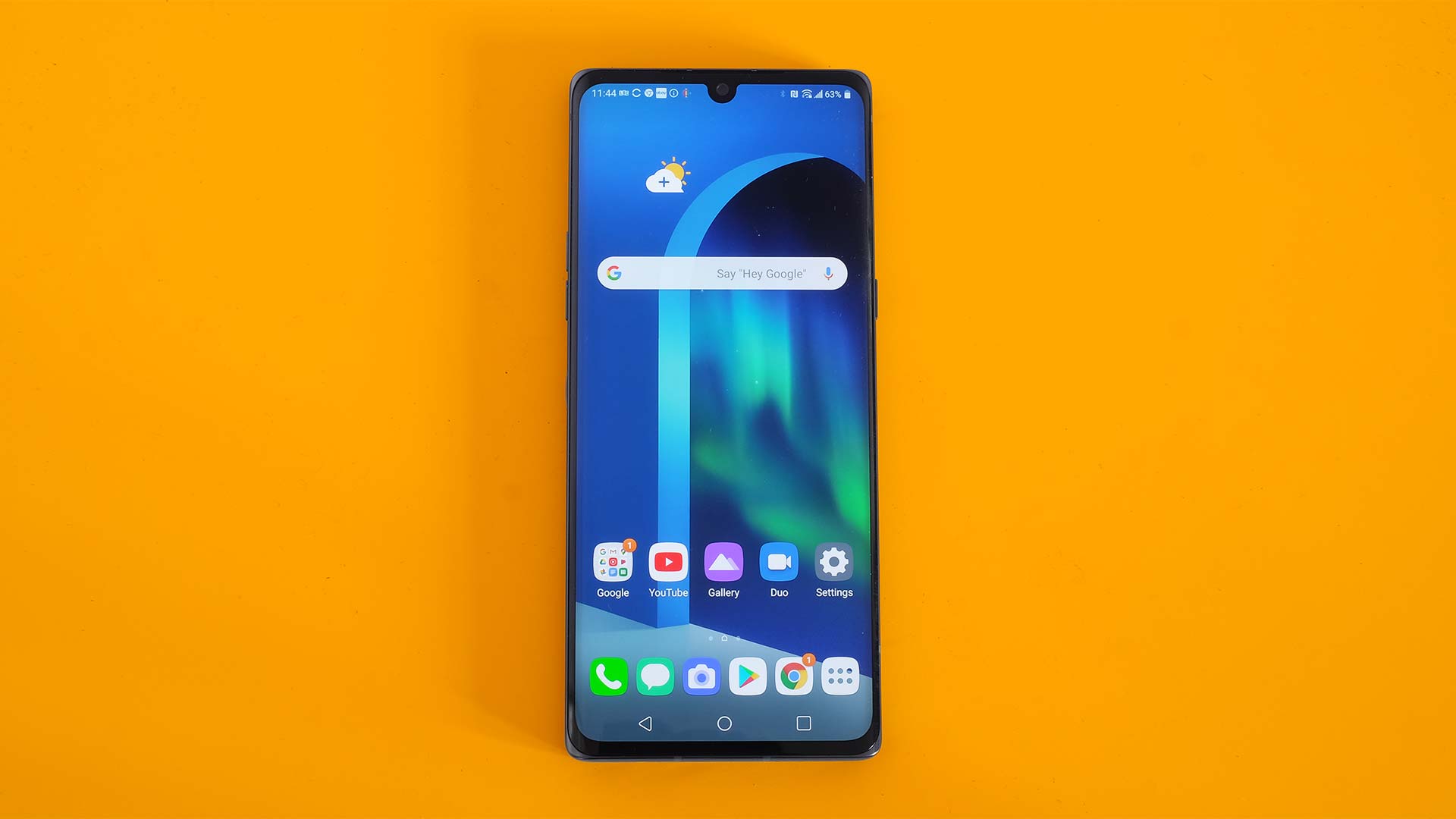
Buy it if...
You want 5G in a mid-ranger
The LG Velvet gives you 5G at a less than flagship price. It's certainly not the cheapest 5G phone around, but it's one of the more affordable ways to get the tech.
You want all-round solid performance
While this won't top any benchmarks, the LG Velvet offers good general performance for the money, so you're unlikely to be disappointed with it in that sense.
You want a high-end look
Viewed front-on the LG Velvet could pass for a much more expensive phone thanks to its curvy glass shell. From the rear it's less interesting, but still more than adequate.
Don't buy it if...
You want a killer camera
Want a phone that can take amazing ultra-wide shots and great 5x zoom images of dogs running carefree through the park? Don’t buy the LG Velvet. Its main camera is solid but the ultra-wide is basic and zoom is purely digital.
You want LG’s famous ultra-high-quality DAC
LG is known for including a high-quality quad-DAC in its flagships to improve audio, but the LG Velvet does not have this, just a standard DAC and headphone jack.
You're thinking of getting it instead of a flexible phone
Thinking of getting the Velvet with the Dual Screen case instead of a flexible phone? It is fun for gaming if you can put up with the bugs, but the fat gap between the two displays doesn’t give you a true flexi-phone experience.
First reviewed: June 2020
- Get the best deal on LG products with our LG coupon codes.
Andrew is a freelance journalist and has been writing and editing for some of the UK's top tech and lifestyle publications including TrustedReviews, Stuff, T3, TechRadar, Lifehacker and others.
